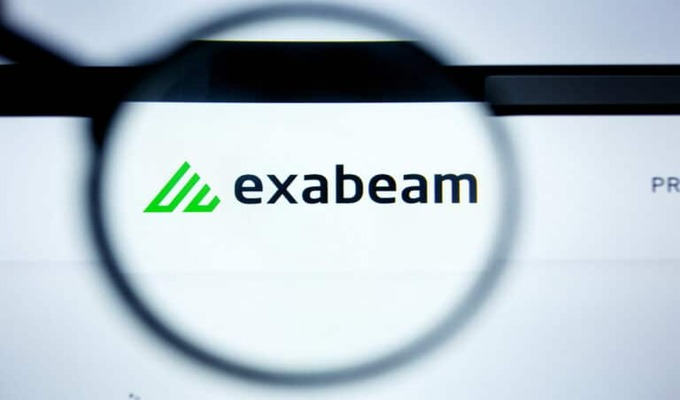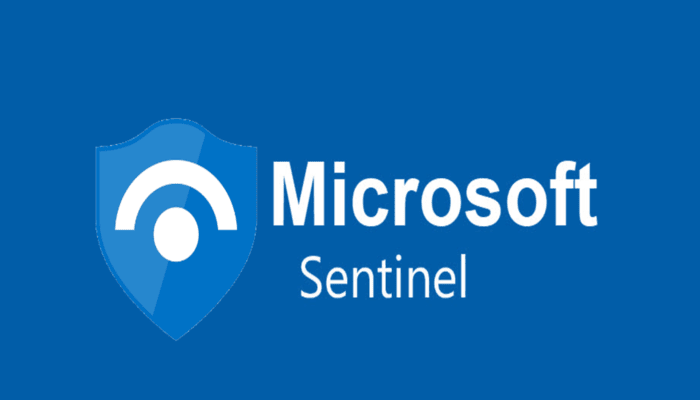15
+
YEARS OF
EXPERIENCE
1000
+
SUCCESSFUL
Projects
80
+
Satisfied
Clients

In today’s rapidly evolving cybersecurity landscape, organizations are increasingly seeking robust, scalable solutions to enhance their Security Operations Center (SOC) capabilities. Migrating from Exabeam Fusion to Microsoft Sentinel represents a strategic move that combines advanced threat detection with cloud-native architecture. This transition empowers enterprises to leverage enhanced analytics, automation, and integration capabilities, thus future-proofing their security posture while optimizing operational efficiency. Cloud Technologies specializes in facilitating seamless migrations, ensuring minimal disruption and maximum ROI.
Understanding the Exabeam Fusion to Sentinel SOC Migration Journey
Migration from Exabeam Fusion to Sentinel SOC involves more than a simple platform switch; it necessitates a careful assessment of existing workflows, data ingestion sources, and security orchestration processes. Exabeam Fusion is renowned for its User and Entity Behavior Analytics (UEBA) and incident response capabilities. However, Microsoft Sentinel-being a cloud-native SIEM and SOAR platform-introduces enhanced scalability, AI-powered threat intelligence, and seamless integration with Microsoft’s extensive security ecosystem.
During migration, organizations first perform a comprehensive audit of their existing security environment, identifying custom parsers, correlation rules, and alerting mechanisms within Exabeam Fusion. The next step involves mapping these functionalities to Sentinel’s Hunting Queries, Analytics Rules, and Playbooks. Data migration is critical-log data, threat intelligence feeds, and past incidents must be transferred securely with intact integrity. Cloud Technologies employs proven methodologies and automation tools to simplify this process, mitigating risks and ensuring continuous monitoring throughout.
The migration not only optimizes alert accuracy but also enhances incident prioritization through Sentinel’s built-in machine learning models. Combined with Azure’s native scalability and out-of-the-box connectors, Sentinel enables SOC teams to operate with greater agility and efficiency. This empowers security analysts to focus on critical threats rather than handling false positives or manual data correlation.







Key Benefits and Challenges of Exabeam Fusion to Microsoft Sentinel SOC Migration
Migrating from Exabeam Fusion to Microsoft Sentinel marks a strategic upgrade in security operations, offering enhanced scalability, automation, and visibility. However, this transition also requires a structured approach to overcome technical and operational complexities effectively.
1. Key Benefits of Migrating to Microsoft Sentinel
- Cloud-Native Architecture: Sentinel eliminates dependency on costly on-premises infrastructure, offering elastic scalability that adjusts to real-time data ingestion and business growth.
- Unified Microsoft Security Ecosystem: Seamless integration with Azure Active Directory and Microsoft Defender enhances end-to-end visibility across endpoints, identities, and cloud applications.
- Advanced Automation: Built on Azure Logic Apps, Sentinel automates incident response workflows — from alert triage to remediation — reducing MTTD (Mean Time to Detect) and MTTR (Mean Time to Respond).
- AI-Powered Analytics: Machine learning and anomaly detection enable proactive threat hunting, improving accuracy and reducing false positives compared to traditional SIEM platforms.
- Seamless Scalability and Flexibility: Organizations can dynamically scale SOC operations based on evolving telemetry and security demands without major infrastructure changes.
2. Common Migration Challenges and Considerations
- Custom Rule Translation: Exabeam’s proprietary detection rules must be re-engineered into Kusto Query Language (KQL), requiring technical expertise and validation.
- Staff Training: SOC analysts need comprehensive training to fully leverage Sentinel’s advanced automation, dashboards, and analytics tools.
- Data Retention and Compliance: Organizations must align data retention settings with governance and regulatory requirements during migration.
- Integration with ITSM Systems: Reconfiguring workflows for tools like ServiceNow or Jira ensures continued ticketing and response automation post-migration.
- Operational Continuity: Without a structured rollout plan, migrations can temporarily affect log ingestion, correlation, or alerting efficiency.
3. How Cloud Technologies Simplify the Migration Process
- Expert-Led Workshops: Hands-on sessions help SOC teams understand Sentinel’s architecture, automation, and AI-driven analytics.
- Tailored Training Programs: Customized learning paths ensure smooth adaptation of personnel to Sentinel’s new workflows and KQL syntax.
- Structured Migration Framework: Our phased migration strategy includes parallel run environments to maintain uninterrupted security operations.
- Compliance-Driven Design: Every stage of migration adheres to industry and regulatory best practices for data protection and audit readiness.
- Risk Mitigation and Validation: Post-migration validation tests confirm alert fidelity, performance optimization, and seamless tool integration.
4. Ensuring a Smooth and Secure Transition
By partnering with Cloud Technologies, organizations can modernize their SOC infrastructure with minimal disruption. Our proven Exabeam-to-Sentinel migration frameworks combine automation, expertise, and governance alignment to achieve a seamless, secure, and future-ready security operations environment.
“Migrating from Exabeam Fusion to Microsoft Sentinel is more than a platform shift — it’s a strategic move toward unified, intelligent, and automated security operations.”
Cloud Technologies – SOC Modernization Experts

Leveraging Microsoft Sentinel’s cloud-native model and automation helps organizations not only improve their detection accuracy but also optimize their SOC operational costs. Through strategic planning and expert migration guidance, businesses can realize a seamless transition that strengthens overall cybersecurity resilience.
Case Studies and Best Practices in Exabeam Fusion to Sentinel SOC Migration
Successful migration stories highlight how organizations across industries have reaped meaningful operational improvements and cybersecurity enhancements by transitioning from Exabeam Fusion to Microsoft Sentinel. One notable case involved a multinational financial institution struggling with the complexity and cost of maintaining an on-premises SIEM. Tech Cloud IT Services L.L.C. (trading as Cloud Technologies) designed a phased migration approach that first replicated critical detection rules within Sentinel to ensure no loss of visibility. through this strategy, the client reduced incident response times by 40% and lowered infrastructure expenditure by 30% within six months post-migration.
A best practice identified during these migrations is the establishment of a dedicated cross-functional migration team including SOC analysts, architects, and compliance officers. This team oversees key milestones: rule translation, data integrity verification, and user access reconfigurations. Effective communication and training tailored to the Sentinel platform are also essential for empowering security personnel to utilize advanced hunting queries and automation features fully.
Another practical tip involves leveraging Sentinel’s extensive API ecosystem to integrate with existing ticketing and asset management systems. This ensures a unified workflow and minimizes disruption to SOC operations. Additionally, leveraging Azure Sentinel’s Workbooks allows organizations to build customized dashboards that enhance real-time monitoring and reporting, providing clarity and executive visibility.
Cloud Technologies has developed proprietary tooling and templates to accelerate KQL rule migration and optimize playbook automation, helping clients overcome common pain points quickly. Our experts continue supporting customers post-migration by tuning alerts, refining detection models, and facilitating continuous SOC improvements aligned with evolving threat landscapes.

answer time
satisfaction
score
on initial call
same business
day
Elevate Your Security Operations with Cloud Technologies’ Expert Migration Services
Migrating from Exabeam Fusion to Microsoft Sentinel SOC is a pivotal step toward future-proofing your cybersecurity infrastructure and unlocking cloud-powered threat detection and response capabilities. Cloud Technologies, powered by Tech Cloud IT Services L.L.C, stands ready to guide your organization through every stage of this transformation. From initial discovery and requirements analysis to deployment, validation, and ongoing SOC optimization, our certified experts ensure a smooth and secure migration with minimal operational disruption.
By choosing us, you gain access to proven migration frameworks, customized training, and a dedicated support team that understands the nuances of both platforms. Modernizing your SOC with Microsoft Sentinel means faster detection, improved automation, reduced costs, and deeper integration across your security stack. Don’t let legacy security solutions hold you back from adapting to today’s sophisticated cyber threats.
Contact us today to begin your journey toward a resilient, scalable, and intelligent security operations center. Together, we’ll build a safer digital future for your enterprise.


